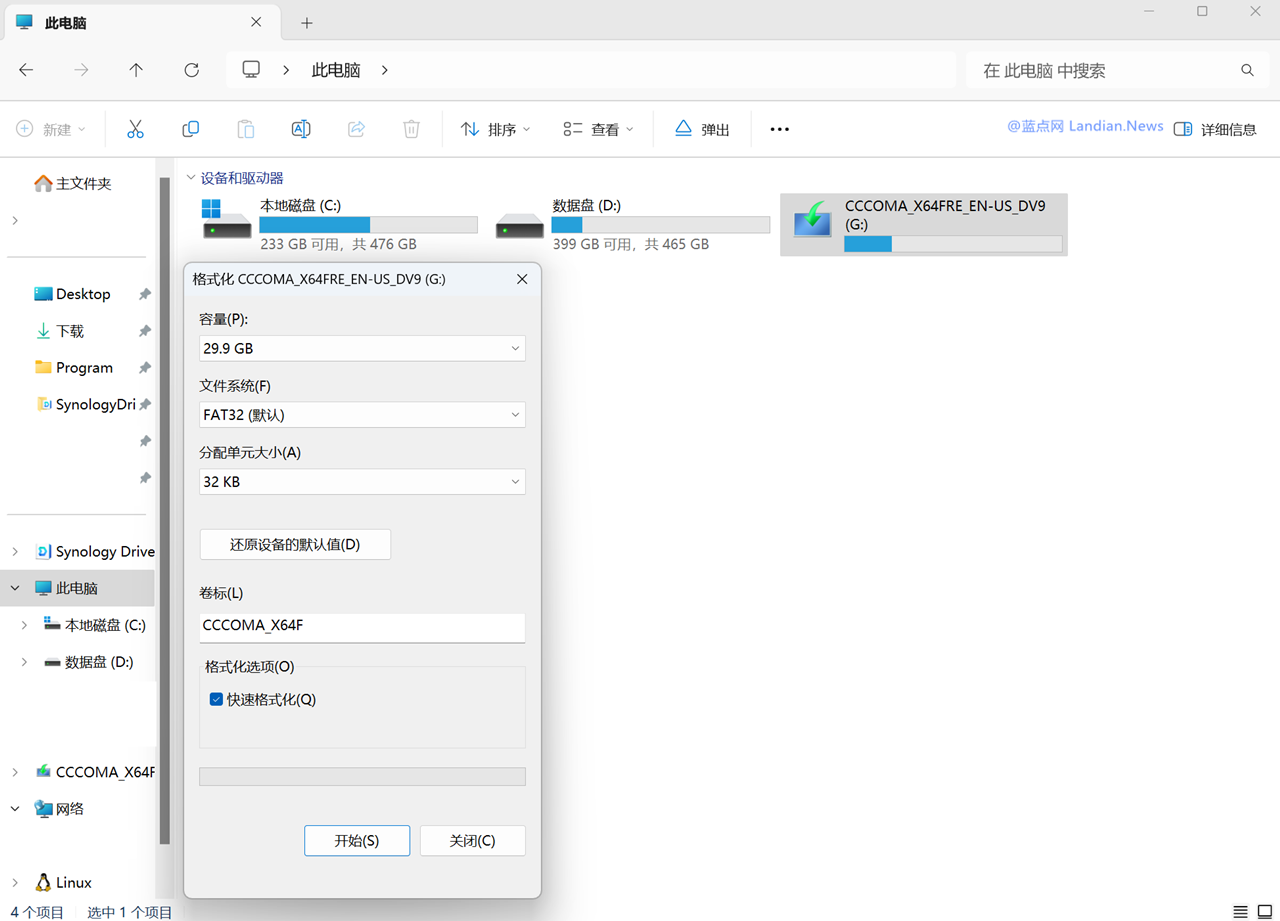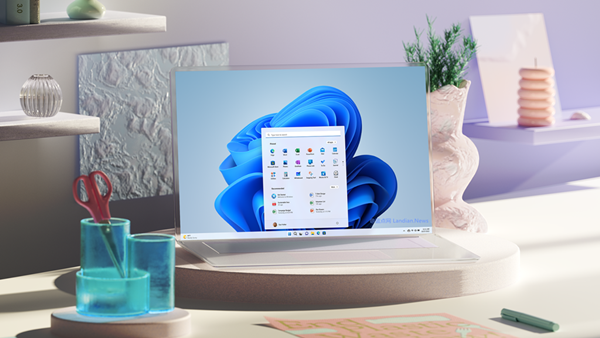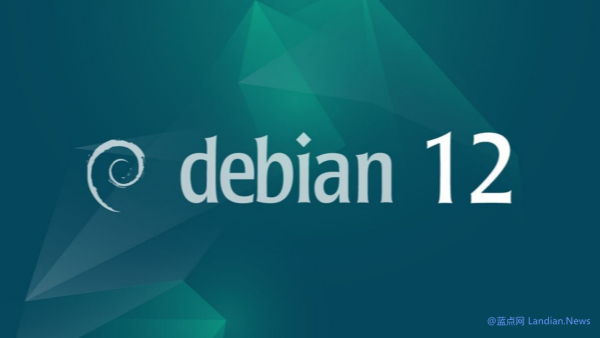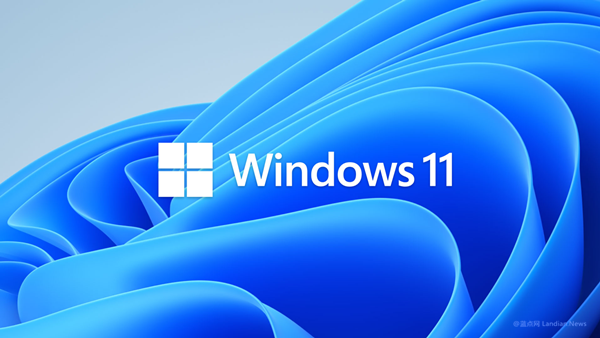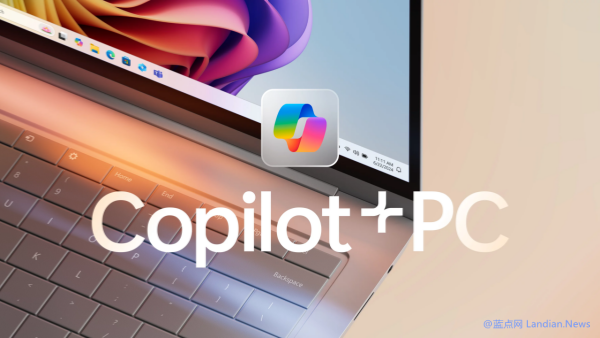Microsoft Finally Resolves the 32GB Limitation of FAT32: Now Supports up to 2TB for Flash Drives and External Hard Drives
In the era of smaller-capacity flash drives, FAT32 was often the go-to format option, which, by default, was only applicable for storage devices up to 32GB. If you had a 64GB flash drive, you were left with no choice but to format it as NTFS or exFAT.
Theoretically, FAT32 can support storage sizes up to 16TB. So, why is there a 32GB limit on Windows systems? The answer is simple: Microsoft engineers, during the development of Windows NT, decided to set this limit considering that the capacity was more than sufficient at the time (storage cards usually had a capacity of 16MB).
Formatting partitions over 32GB in FAT32 requires using allocation units of 32KB or larger, leading to a situation where a file of just one byte could occupy 32KB or more of space—a highly inefficient method by the standards of that era.
Over the years, Microsoft did not modify this limitation, and more than two decades have passed since. Now, Microsoft has finally decided to adjust the capacity limit of FAT32 from 32GB to 2TB.
This means flash drives or external hard drives with a capacity of up to 2TB can now be formatted to FAT32. Of course, for larger capacities, the NTFS file system is still recommended for better performance.
Microsoft did not explain in their blog why they decided to make this adjustment now, but it's likely due to user feedback. After all, for Microsoft, the motto seems to be "if it ain't broke, don't fix it"—unless a change is necessary to avoid impacting user experience.
